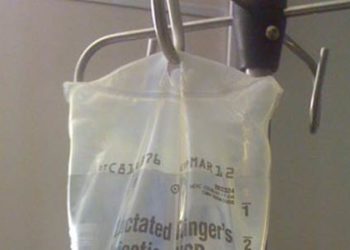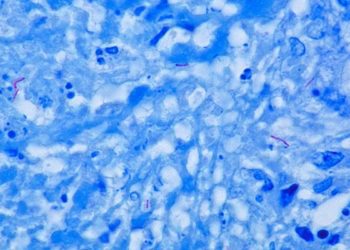Parental hesitancy towards vaccines unchanged after COVID Pandemic
1. In surveyed sample, parental hesitancy towards routine vaccination during the pandemic was not different from prepandemic levels.
2. Parents were more likely to be unsure about trusting vaccine information in the pandemic period than prepandemic.
Evidence rating: 2 (Good)
Study Rundown: The COVID-19 pandemic disrupted access to routine care, including routine childhood vaccination. Vaccine misinformation and disinformation during the pandemic may have further contributed. Using data from the Health eMoms survey, the authors sought to assess the influence of the COVID-19 pandemic on vaccine hesitancy. Responses were characterized as prepandemic from April 1, 2018 to February 29, 2020, pandemic prevaccine from April 1, 2020 to December 31, 2020, of pandemic postvaccine from January 1, 2021 to August 31, 2021. There were was no significant difference in the proportion of parents who were vaccine hesitant when the prepandemic and pandemic groups were compared. Significant differences were however noted in the demographics of hesitant and non-hesitant groups. Finally, respondents were more likely to be distrusting of the information received about vaccines in the pandemic periods. Overall, this well designed survey based suggests that while rates of vaccine hesitancy have been unchanged through the COVID pandemic, a decrease in trust of vaccine related information may be an ongoing issue.
Link: Click to read the study in Pediatrics.
Relevant Reading: Pediatric Vaccination During the COVID-19 Pandemic
In-Depth [cross-sectional study]: This study was a survey based, longitudinal study analyzing data from the Health eMoms program administered by the Colorado Department of Public Health and Environment. The survey is recruited to complete the surveys from the time of recruitment through 3 years postpartum. The survey includes the Parent Attitudes about Childhood Vaccines short scale (PACV5) validated questionnaire between 3 and 6 months postpartum. All completed Health eMoms surveys from April 1, 2018 through August 31, 2021 were included in the analysis. There was no significant difference in the proportion of parents who were vaccine hesitant during the prepandemic period compared with pandemic prevaccine (pre COVID-19 vaccine availability) and late pandemic (post COVID-19 vaccine availability) time periods (22.0% versus 19.4% and 23.3% respectively; P=5.2). Significant differences were found between vaccine hesitant and nonhesitant parents in relation to demographics. Additionally, respondents were more likely to be unsure about trusting vaccine information in both pandemic time periods compared with the prepandemic period (pandemic prevaccine: aOR 5 1.68; 95% CI 5 1.19–2.36; Pandemic postvaccine: aOR 5 2.14; 95% CI 5 1.55–2.96).
Image: PD
©2023 2 Minute Medicine, Inc. All rights reserved. No works may be reproduced without expressed written consent from 2 Minute Medicine, Inc. Inquire about licensing here. No article should be construed as medical advice and is not intended as such by the authors or by 2 Minute Medicine, Inc.







